Hydroponics is a modern method of gardening that promotes faster plant growth and improved crop production.
While it can be a complex system to grasp, success may not be immediate for everyone. So what happens if you want to transfer your hydroponic plants into soil?
Transferring hydroponic plants into soil or another growing medium can result in varying outcomes, with the plants either thriving or perishing. The fate of this transfer rests entirely on the method chosen to make the move!
- Related article: Hydroponic Planting
Let’s get into it and how you can transplant hydroponic plants to soil successfully!
Can You Transplant Hydroponic Plants into Soil?
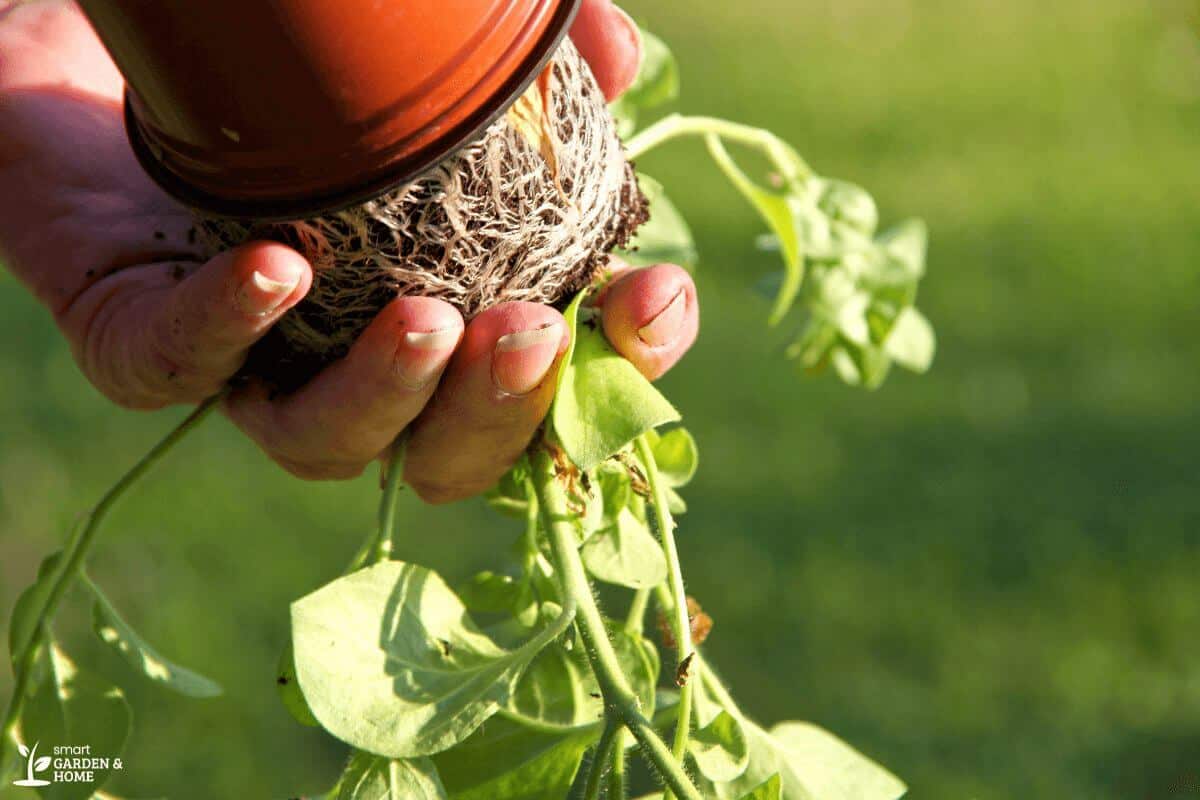
It is possible to transplant hydroponic plants into soil, but the success rate varies.
When transplanting seedling stage plants, careful attention and care before and after the procedure is necessary to ensure survival.
Certain gardeners opt for hydroponic systems to initiate the growth of their seedlings and circumvent the complications that soil can cause.
Other reasons to transplant from a hydroponic system to soil are: some plants outgrow a hydroponic system and become too large for growing indoors.
Unfortunately, transplanting plants directly from an indoor hydroponic environment to an outdoor garden won’t work.
The fragile plant roots and will need time to adjust to their new environment to grow into healthy plants.
How to Transplant Hydroponic Plants to Soil
So how can you successfully transplant your hydroponic plants into the soil without them dying?
We’ll take you through several steps to help you make the transition from a water-based hydroponic system to the soil!
1. Reduce the Amounts of Water Given to your Plants
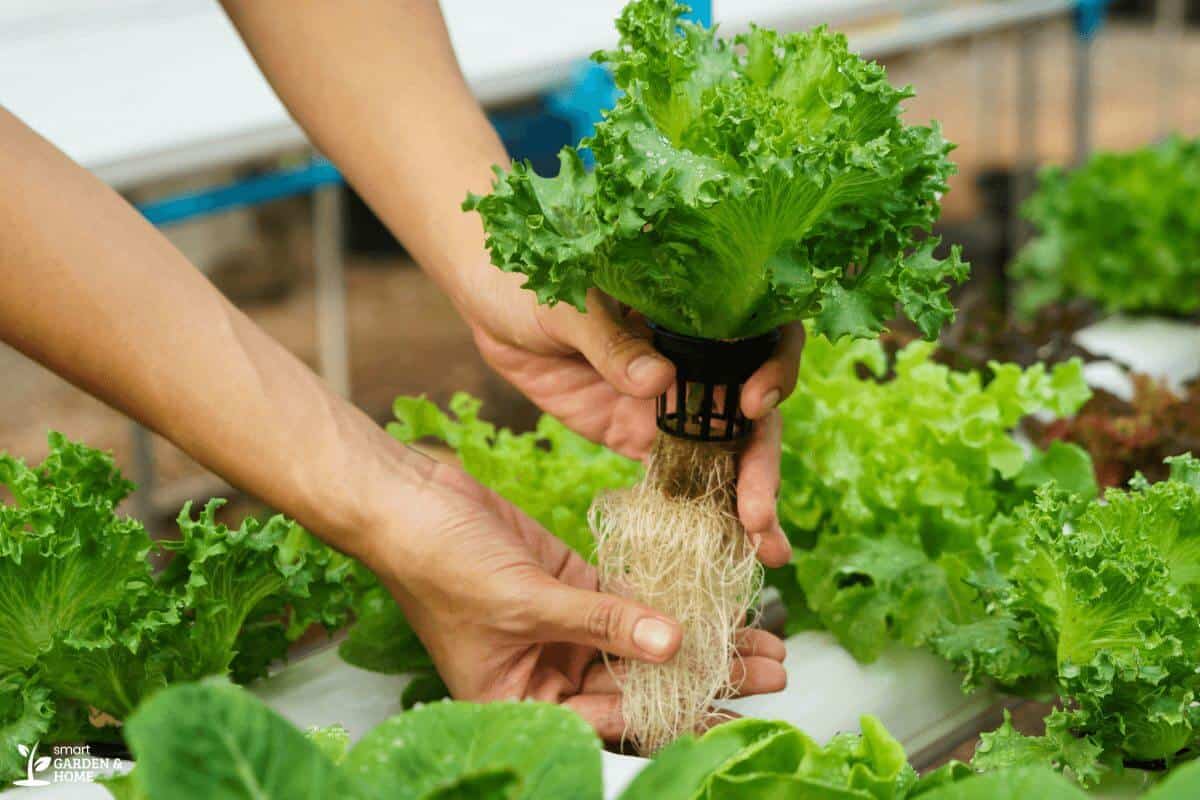
To prepare the roots of your plants for the soil, it is necessary to decrease the water intake of your hydroponic plants.
The type of hydroponic system used to grow plants impacts the amounts of water to reduce.
Reducing the amount of water available to your plants will force their roots to begin to search for water and grow longer. This will assist them with their transition into the soil.
A decrease in water supply can result in the hardening of plant roots. Hydroponically-grown plants have thinner and weaker cell walls compared to those grown in soil.
Transplanting a hydroponic plant into soil too quickly can cause its roots to struggle to find the correct nutrients and lead to the plant’s death.
2. Transplant them into a Pot Plant
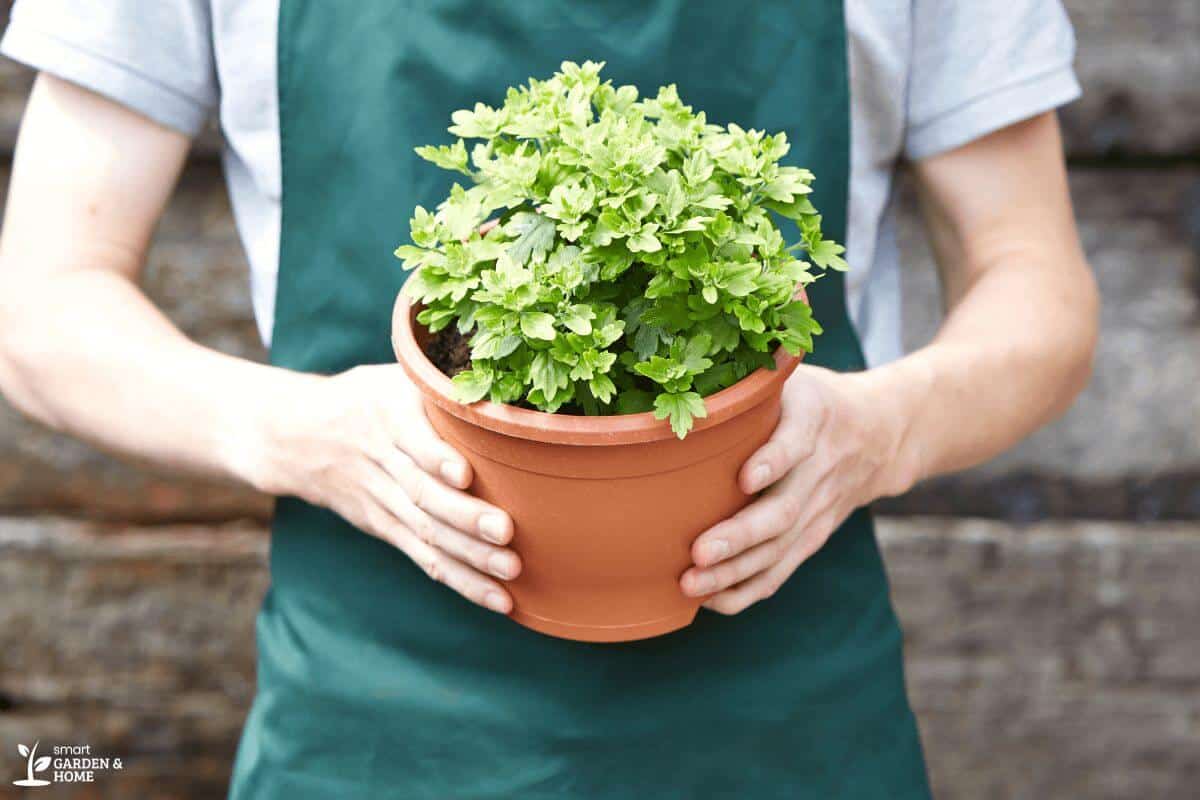
A garden can be a hostile environment for the fragile seedlings of a newly-transplanted plant.
It’s important to use a pot plant as a temporary home before trying to introduce the plant into your outdoor garden.
Adapting to the outdoor climate may take the plant several weeks to adjust. Transferring plants to potted containers facilitates their relocation during the transitional phase.
For optimal growth, it is recommended to use a pot with a diameter of four to six inches for seedlings.
This soil pot is large enough to accommodate the hydroponic seedling’s extensive root system without touching the walls.
3. Add some Growing Medium to the Pot Plant
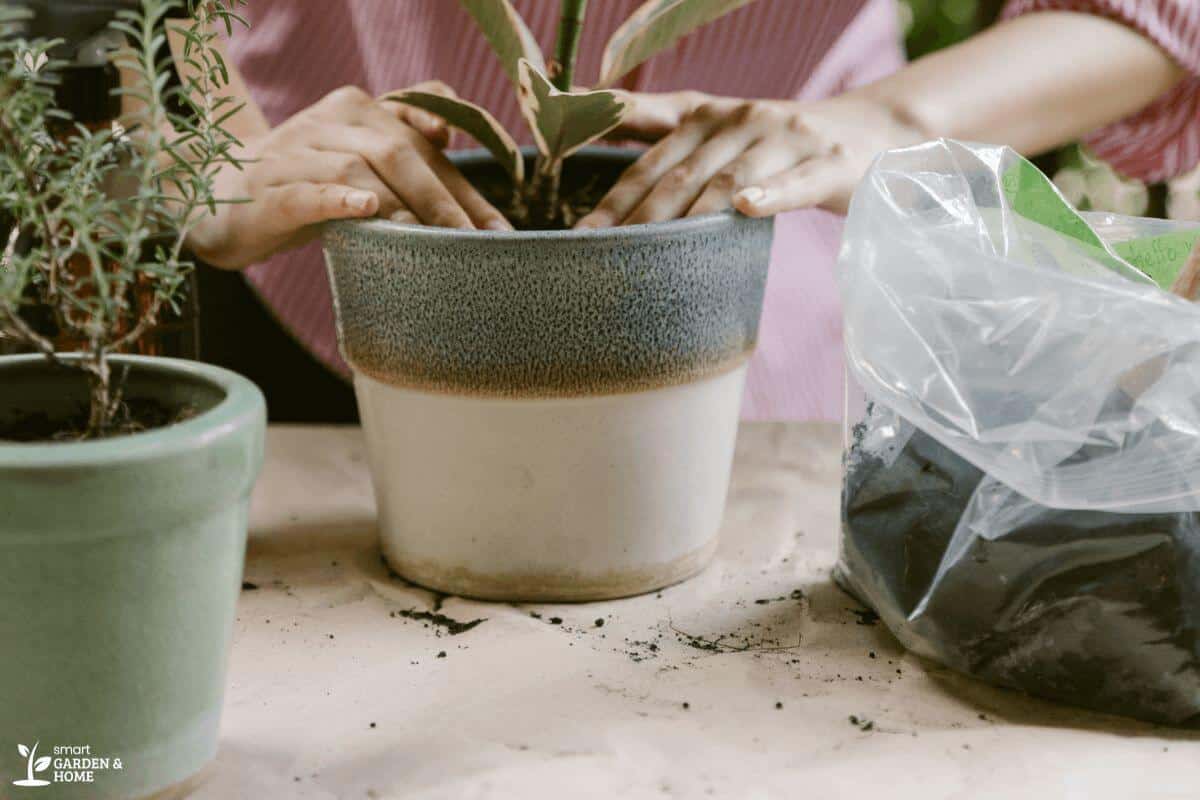
To begin the hydroponic plant process, select an appropriate pot plant and proceed to fill the pot with either loose potting soil or a soilless peat potting mix.
Soil-free peat mix is the most preferred and ideal option for growers as it has better aeration.
Another reason why soilless peat moss is a preferred option for transplanting is because of the soft texture of the growing medium.
The delicate roots of hydroponic plants will be able to freely spread and develop compared to the heavy pressure that soil places on the root membranes.
4. Create a Hole in the Center of the Growing Medium
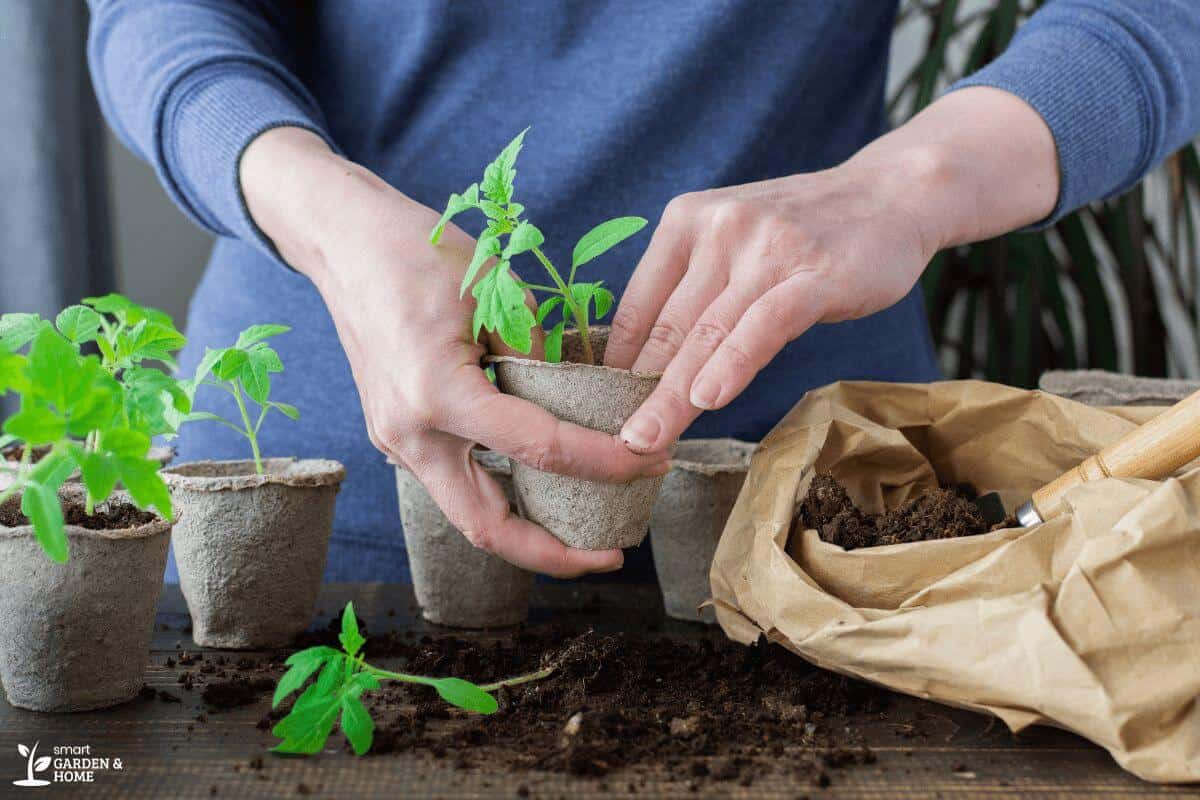
Create a hole in the center of your pot plant and make sure that the hole has inches wide enough for the plant’s rooting system to easily fit inside.
A spoon generally works well to create a deep enough hole in the center.
Be delicate when removing the plant’s rooting system from your hydroponic setup.
When plants are growing in close proximity, it’s recommended to separate their roots with a few inches of space to avoid causing plant shock levels.
When extracting plants from your hydroponic system, it is advised to do so quickly.
Before relocating your plants, make sure you have enough potted plants to accommodate them. It’s important to avoid exposing the plant roots to prolonged periods of direct sunlight or open air.
5. Add Mycorrhiza
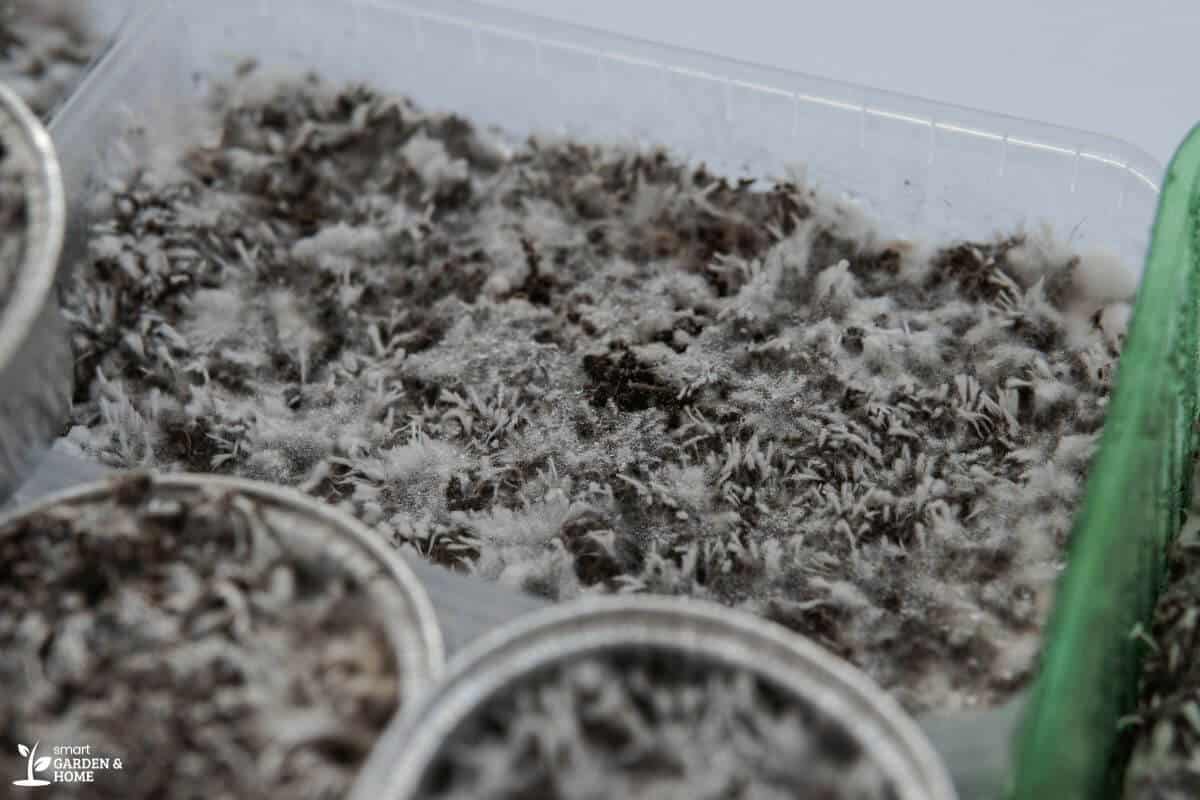
The transplanting process can be rather taxing on any plant. Assisting the process can be done by adding a sprinkle of mycorrhiza to every hole.
Mycorrhiza is a type of fungus that can aid in the growth of plant roots by facilitating nutrient absorption.
6. Transfer the Plant and Trim Back some of its Leaves
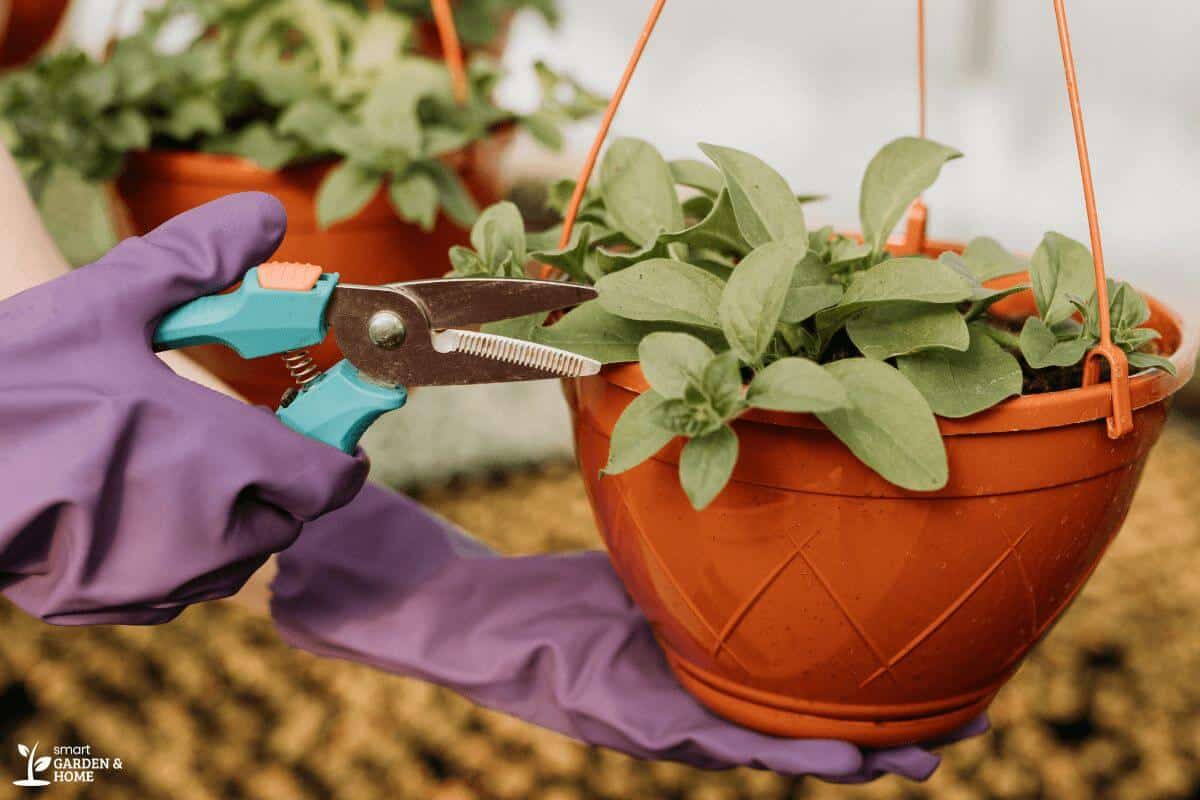
Trimming back some of the excessive foliage of the plants is beneficial to the plant.
Having fewer leaves takes off the pressure on the plant to provide water and essential nutrients to large amounts of foliage.
It is recommended to avoid removing more than one-third of a plant’s leaves to prevent shock.
After trimming the plant, take it out of the hydroponic system and promptly insert it into the prepared hole.
Once the plant’s roots have been inserted into the hole, use a growing medium to fill in any remaining gaps.
Gently pat down the growing medium surrounding the stem of the plant as this will hold the plant upright.
Try to avoid placing pressure on the roots when compacting the growing medium around the stem of the plant.
Place a guide stick next to the plant for extra support should the plant be leaning over to one side.
7. Water Immediately after Transplanting
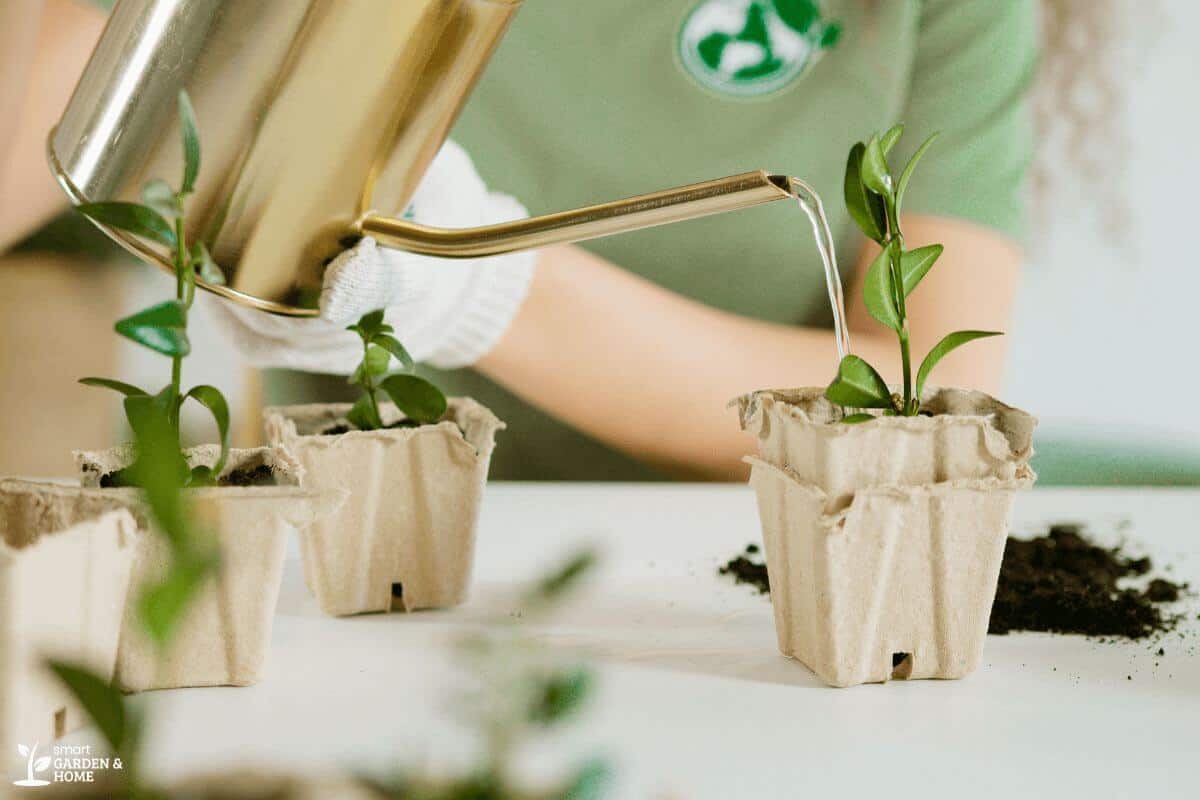
After your plant has been placed into the pot plant, you will need to immediately water it.
Hydroponic plants are accustomed to a regular water level so this will reduce the levels of shock the plant will experience.
In order to assist the plant with regrowth, you must add a quarter dose of nutrient solution to your water.
This should only be done for about one week until the plant can begin to find nutrients from the soil.
Remember to keep the roots moist for the first week. After that, you can begin to lessen the amounts of water and only hydrate the top layer of soil.
The plant’s roots will begin to harden up and the constant need for water will start to decrease.
8. Acclimatize your Plants
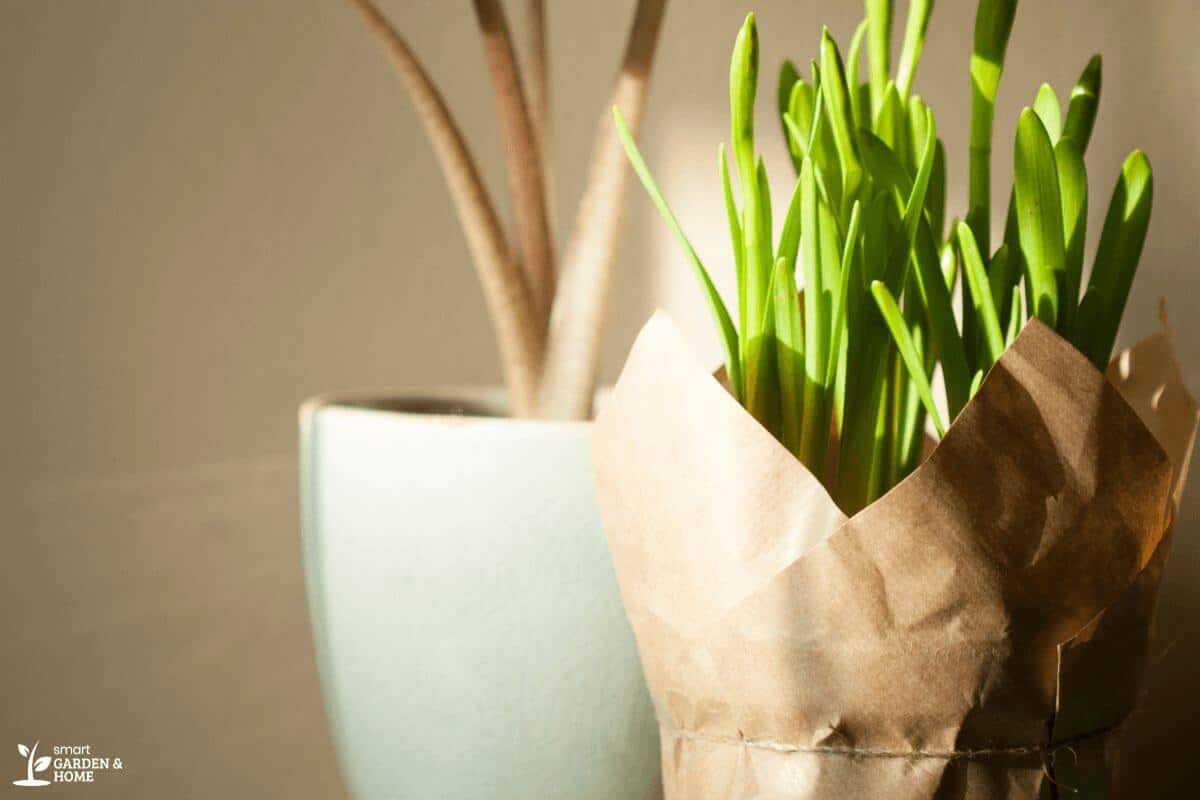
Indoor hydroponic plants that have been transplanted into the soil will need to acclimatize to their new home from their very controlled environments.
There will be a one-week period where your plants will need to first harden off as they will not be accustomed to the outdoor temperatures.
Find an area with plenty of light and place them there for several days.
If you happen to notice the leaves of your plants begin to droop, remove the plant from direct sunlight and make sure that it still has moist soil.
The next step is to expose your plants to the harsh outdoor environment and place your plants outside during the hottest hours of the day for it to get excessive sunlight.
This duration of sunlight is generally between 12:00 PM to 14:00 PM. However, don’t forget to bring your plants back indoors overnight.
Begin to extend the periods of the day that your plants are exposed to natural sunlight and outdoor conditions. Extending the periods by two hours per week is generally ideal.
Additionally, it’s safe to leave your plants on the outer environment if the outdoor weather or overnight temperatures remain moderate.
Don’t panic if you begin to notice the yellow, wilting, or damaged leaves as this is an indication of a lack of moisture.
The sun and wind will quickly dry up any moisture in your soil so always remember to keep your plants hydrated.
Dangers of Moving Plants from Water to Soil
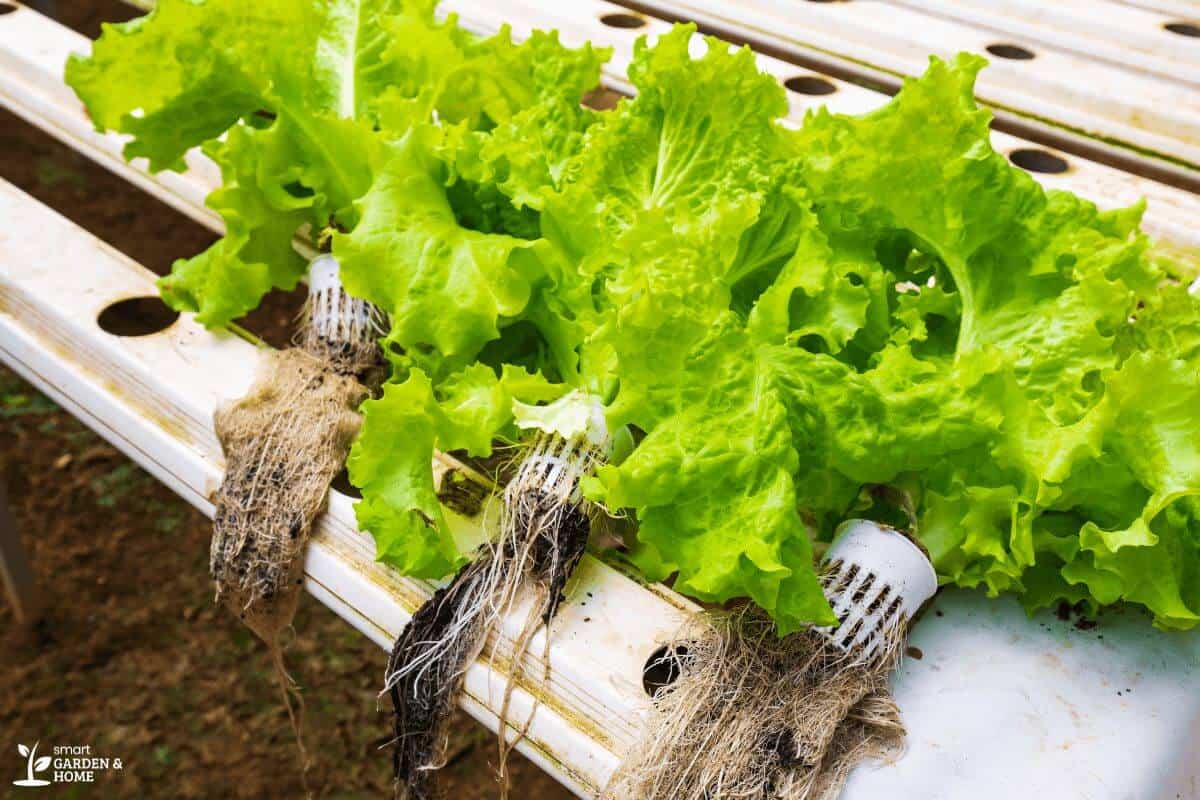
One of the most prevalent dangers of transplanting water-grown plants into the soil is the transplant shock that will occur.
The sudden change in the levels of moisture and nutrients will cause the plant to have slower growth or even halt its growth completely until it is able to adjust.
Each plant will adapt differently to another—some plants are hardier than others and can adjust relatively quickly and avoid dying off.
Whilst some plants are less adaptable and will show symptoms of transplanting shock with dropping leaves that will turn yellow or brown, the plant may even begin to show signs of wilting.
Unfortunately, moving a plant can’t be done without some form of damage to the plant.
The plant root system will suffer the most from a plant transition. Exposure to air causes the drying and subsequent death of small rootlets on roots.
Damage will begin to occur shortly after exposure to air. The plant will typically lose more than half of its root system and branches during a transplant.
The dangers of transplanting plants from water to soil become even greater when the plant is older and larger.
To minimize the dangers of moving a plant from water to soil, ensure that the transplant is done with care and as quickly as possible.
Final Thoughts on Transplanting Plants from Hydroponics to Soil
The process of transferring hydroponic plants to soil necessitates thorough consideration and attentiveness to detail.
A successful transplant can be a rewarding experience for both novice and experienced gardeners when equipped with the proper tools and knowledge.
Transplanting to soil can be a useful method for those interested in diversifying their plants, whether for hydroponic gardens or other gardening techniques.
By taking the necessary time and following the tips outlined in this article, one can produce healthy and visually-appealing plants!
So don’t hesitate to try your hand at this exciting process and watch your garden flourish with lush, verdant growth!
Check out these interesting reads to know more information about hydroponic gardening:

